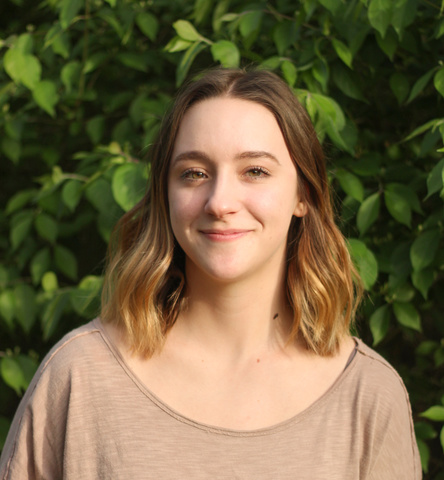By Charlotte Brookins
Earlier this fall, university students and faculty from all over the country attended the annual Consortium for Intercollegiate Research in the Ceramic Arts (CIRCA) Symposium at the University of Colorado-Boulder. This was only the second year of the symposium, with the previous event held at the University of Iowa.
The group is made up of faculty and graduate students from six large research universities: the University of Arkansas, the University of Iowa, the University of Colorado-Boulder, the University of Nebraska-Lincoln, Penn State University, and the University of Florida.
Fifteen students and faculty members — three faculty, five undergraduates, and seven graduate students — from the ceramics area of the School of Art and Art History in the College of Liberal Arts and Sciences attended the event in September.
The symposium includes an exhibition of graduate and faculty work, lectures and demonstrations on specific ceramic techniques, and panel discussions from faculty on best practices for graduate education.

Andrew Casto, ceramics area head, associate professor, and director of undergraduate studies in the studio division within the School of Art and Art History, founded the conference and residency program with an advisory board made of up of faculty at the participating universities. Casto is also currently in the process of detailing the event in an article for Ceramics Monthly Magazine.
“Our mission is to make connections between graduates and faculty in research university ceramics programs to increase the cohort of scholars and build a connective community of individuals doing ceramics in these institutions,” explains Casto.
The symposium provided a community-building opportunity for both faculty members and students, allowing the latter to connect and strategize with others in their shared field and making it possible for the former to interact with and learn from peers of similar interests.
Additionally, after the symposium, a graduate student residency exchange was held, during which one to two graduate students from each university spent two weeks working in the studio of a partner university. In addition to providing students with new experiences, this gave participants a chance to understand how other studios operated.
One of these participants was Iowa’s Abbey Peters, a third-year graduate student studying ceramics in the School of Art and Art History.

“I was part of the first class of residents to participate in the exchange directly following the symposium along with one to two other students from each participating institution,” says Peters. “As a resident at University of Colorado-Boulder, I stayed after the symposium and began my two weeks working in their studios to develop my research. This focused time and space gave me an opportunity to create work for my thesis exhibition without distraction.”
Peters also had the opportunity to gain fresh perspectives on her research from other graduate students and faculty members from the partner university. In addition to attending classes and participating in studio visits, Peters was also able to teach a class of her own as a visiting artist.
Peters expresses her gratitude for the event, saying, “I now have multiple networks of connection to other institutions and their set of opportunities.”
Casto is equally appreciative of the experience, expressing his admiration for all those who made the event possible, as well as his hope that it will continue long into the future.
“This symposium is an invaluable point of connection to be able to better understand norms within our field, get advice and mentorship, and form external partnerships for our research,” Casto reflects. “It’s our hope that this continues, and that we might serve as a model for other similar groups to be formed at additional universities.”